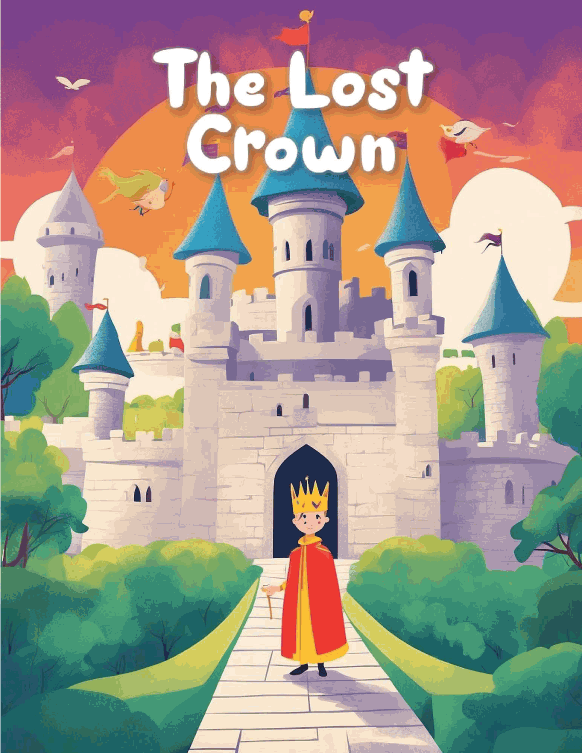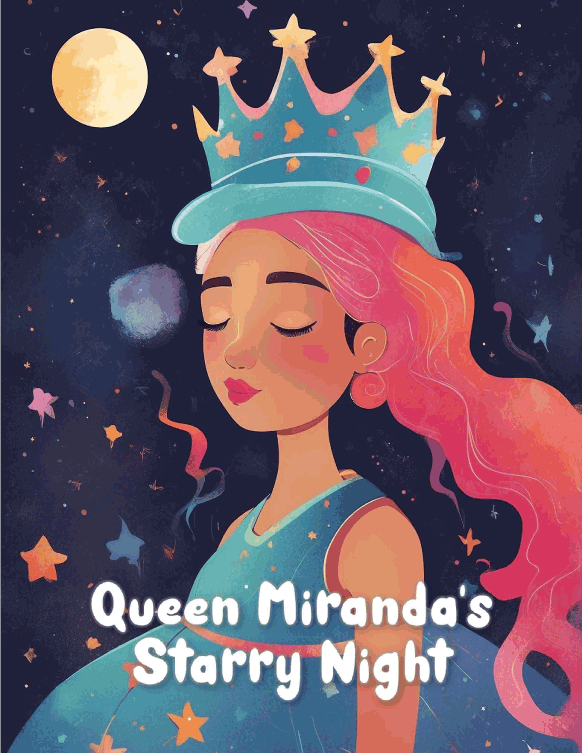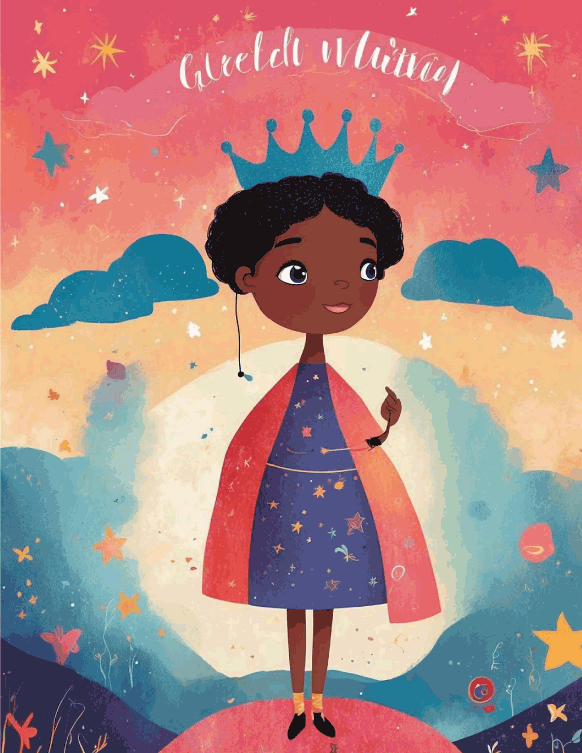Table of contents
Read aloud for kindergarten is one of the most effective and accessible practices for supporting early childhood development. When adults intentionally read aloud to young learners, they create a learning environment rich in language, imagination, and connection. This simple routine lays the groundwork for literacy, communication, and cognitive growth. For parents, teachers, and caregivers, understanding how and why read-aloud experiences support foundational learning can help them design purposeful reading moments that genuinely shape a child’s academic journey.
In what follows, this comprehensive guide explores the critical role that read aloud for kindergarten plays in building early literacy skills, strengthening cognitive development, deepening social-emotional competencies, and nurturing a lifelong love of learning. With practical strategies, age-appropriate tips, and clear explanations, this resource aims to support families and educators who want to make the most of every reading moment.

The Importance of Read Aloud for Kindergarten in Early Literacy Development
Reading aloud is one of the strongest predictors of long-term literacy outcomes. As kindergarteners absorb stories, rhythms, and vocabulary, they build the foundation necessary for successful reading and writing in later grades.
Vocabulary Acquisition
When adults engage in read aloud for kindergarten, children are exposed to words they might not encounter in everyday conversation. Storybooks naturally introduce descriptive language, rare words, and diverse sentence structures.
Some key benefits include:
- Increased exposure to academic and descriptive vocabulary
- Enhanced understanding of word meaning through context
- Opportunities to hear new words repeatedly, reinforcing memory
- Development of phonological awareness as children listen to how words sound
Print Awareness and Letter Recognition
Reading aloud also teaches kindergarteners how print works. As children point to words, observe page layout, and track text from left to right, they begin to understand reading conventions.
Print awareness includes:
- Recognizing that text carries meaning
- Identifying letters and noticing their shapes
- Understanding directionality of text
- Observing punctuation and beginning to notice patterns
The more frequently children participate in read aloud for kindergarten, the more naturally they internalize these essential reading behaviors.
Story Structure and Comprehension
Children learn how stories work by hearing them regularly. Through read aloud sessions, kindergarteners begin to grasp story elements such as characters, setting, conflict, and resolution.
Effective read-aloud moments support comprehension by:
- Allowing adults to pause and ask predictive or reflective questions
- Encouraging children to summarize or retell events
- Building listening skills that translate directly to reading comprehension
- Helping children make connections to their own lives

How Read Aloud for Kindergarten Supports Cognitive Development
Beyond literacy, reading aloud influences the broader cognitive capacities that underpin academic success and lifelong learning.
Strengthening Memory and Attention
To make sense of a story, kindergarteners must remember characters, sequence events, and track information. Read aloud for kindergarten improves working memory because children practice holding details in mind and using past information to understand new content.
Additionally, repeated read aloud routines strengthen attention span. Children learn to stay engaged for longer periods, follow conversations, and focus on auditory information.
Building Background Knowledge
Read-aloud books introduce children to a world that extends beyond their own experiences. Whether exploring animals, emotions, cultures, or problem-solving, read aloud for kindergarten expands general knowledge.
Building background knowledge is essential for later reading comprehension. Children who know more about the world can interpret texts more easily and draw meaningful connections.
Encouraging Cognitive Flexibility
Stories often present multiple perspectives, problem-solving scenarios, and imaginative situations. When children engage with these elements, they develop cognitive flexibility—the ability to consider different viewpoints and shift thinking as needed.
This becomes especially important when kindergarteners begin analyzing stories and forming opinions about texts.

Social-Emotional Benefits of Read Aloud for Kindergarten
While the academic rewards of reading aloud are substantial, the social-emotional impact is equally transformative.
Strengthening Adult–Child Relationships
A consistent read aloud for kindergarten routine creates shared emotional experiences. Sitting together with a book fosters closeness, builds trust, and promotes feelings of safety and connection.
This emotional bond enhances:
- Communication
- Empathy
- A sense of security
- Affection and positive memories
Supporting Emotional Literacy
Picture books are incredibly effective tools for teaching children to identify and express emotions. Through read aloud moments, kindergarteners learn emotional vocabulary and understand how characters navigate feelings like excitement, sadness, frustration, and joy.
Adults can deepen this learning by asking:
- How does this character feel right now?
- What makes you think that?
- Have you ever felt this way?
Encouraging Social Skills
Reading aloud often sparks discussions that help children develop social skills. They learn to listen respectfully, take turns speaking, and express opinions. Read aloud for kindergarten also encourages perspective-taking, helping young learners understand how others think and feel.
Effective Strategies to Maximize Read Aloud for Kindergarten
While reading aloud is beneficial in any form, intentional strategies can elevate the experience and ensure meaningful engagement.
Choose Developmentally Appropriate Texts
The right book can make all the difference. When selecting books for read aloud for kindergarten, adults should consider:
- Illustrations that support understanding
- Rich but accessible vocabulary
- Predictable or engaging story structures
- Diverse characters and experiences
- Themes relevant to young learners
Rotating between fiction, nonfiction, poetry, and wordless books ensures children experience a dynamic reading environment.
Use Interactive Reading Techniques
Interactive reading transforms passive listening into active learning. This includes:
- Asking open-ended questions
- Encouraging children to predict outcomes
- Pausing to define new vocabulary
- Discussing illustrations and details
- Inviting children to repeat fun lines or refrains
These techniques help reinforce comprehension and create memorable experiences.
Model Fluent, Expressive Reading
Children learn how reading should sound by listening to adults. When adults model expression, pacing, and clear pronunciation, they demonstrate the rhythm and emotion of language.
Effective modeling includes:
- Using character voices
- Reading at a moderate, engaging pace
- Pausing strategically for dramatic effect
- Highlighting punctuation and text features through tone
Create a Routine That Encourages Consistency
Consistency is key. Families and teachers who establish a daily read aloud for kindergarten routine provide children with a predictable structure that reinforces learning.
Ideal times include:
- Morning meeting
- After playtime
- Before rest time
- Evening wind-down routines at home
Over time, these routines become beloved rituals.

Read Aloud for Kindergarten in the Classroom Setting
Classroom read aloud routines serve multiple instructional and community functions.
Building Classroom Community
A shared read-aloud experience unites students around a common story. Kindergarten classrooms that prioritize daily reading foster unity, curiosity, and collaboration.
Teachers can enhance community building by:
- Selecting books that address friendship, cooperation, or problem-solving
- Encouraging group discussions
- Inviting children to share personal connections
Integrating Read Aloud into Instruction
Teachers often use read aloud for kindergarten as a precursor to lessons on literacy, math, social studies, or science.
For example:
- A story about counting can support early math instruction
- A book about weather can launch a science unit
- Stories about diverse communities can support cultural exploration
Differentiated Learning Opportunities
Read-aloud sessions allow educators to meet diverse learning needs. Visual learners benefit from illustrations, auditory learners from storytelling, and kinesthetic learners from interactive components such as acting out scenes or handling props.
Read Aloud for Kindergarten at Home: Parental Strategies
Parents play a pivotal role in their child’s early literacy journey, and simple home-based strategies can amplify the benefits of reading aloud.
Create a Cozy Reading Environment
Children are more likely to enjoy read aloud for kindergarten when the environment feels inviting. A reading nook with soft lighting and easy access to books fosters autonomy and enthusiasm.
Encourage Children to Participate
Parents can enhance engagement by inviting children to:
- Turn pages
- Point to pictures
- Ask questions
- Choose the next book
Participation makes children feel involved and empathetic toward the story.
Make Reading a Daily Ritual
A consistent routine—such as a bedtime reading ritual—supports cognitive and emotional development while also establishing a positive association with books.
Parents who read aloud daily model the value of literacy and create meaningful family traditions.
Short Stories for Preschoolers: Quick, Fun Reads for Busy Parents

Recommended Book Types for Read Aloud for Kindergarten
Choosing a variety of book genres can help broaden children’s exposure and maintain their interest.
Fiction Picture Books
These books introduce story structure, imaginative narratives, and character development.
Nonfiction Books
Nonfiction supports background knowledge, curiosity, and informational text skills.
Poetry and Rhyming Books
Poetry enhances phonological awareness and helps children develop listening and language rhythm.
Wordless Books
These books stimulate visual literacy, storytelling skills, and imagination.
Repetitive and Predictable Texts
Patterns help children anticipate language, fostering confidence in early reading attempts.
Conclusion:
Read aloud for kindergarten is far more than a pleasant activity; it is a cornerstone of early learning. By exposing children to rich language, modeling fluent reading, encouraging emotional expression, and building essential comprehension skills, adults help young learners develop the competencies they need for academic success.
Whether implemented at home or in the classroom, consistent reading aloud cultivates curiosity, strengthens relationships, and lays the foundation for lifelong literacy. As parents, teachers, and caregivers prioritize high-quality read aloud experiences, they empower children with the tools to thrive in school and beyond.
🌟 Here are 5 wonderful stories your child will love! 🌟